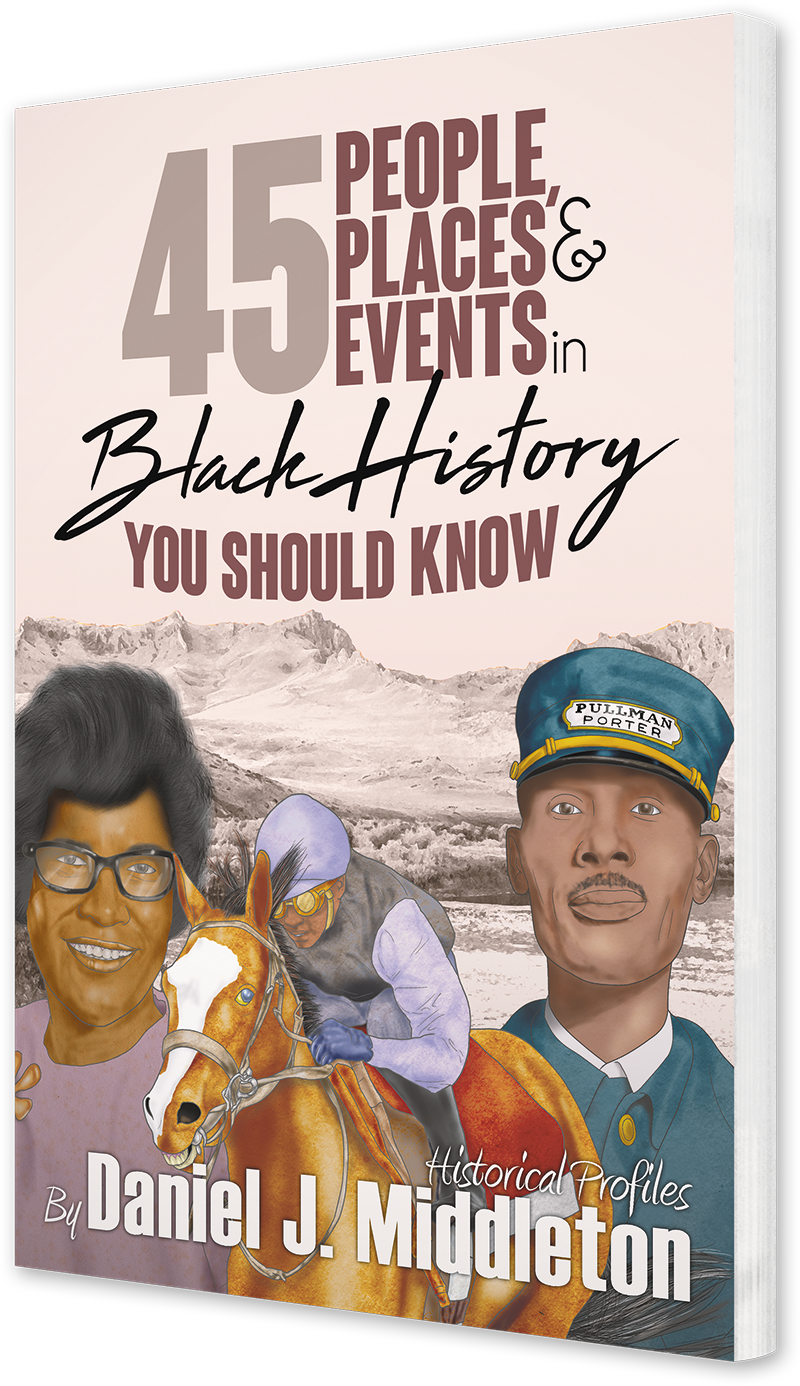Covert, Michigan
The American Town That Never Experienced Segregation
Schoolchildren from Covert, Michigan pose for a group photo. Courtesy of Michigan Townships Association.
The United States integrated almost three-quarters of a century ago, yet there are still neighborhoods and towns where blacks or whites are the only resident ethnicity. That was more prevalent in the past, during periods like Jim Crow and the Civil Rights era. But since its founding, Covert, Michigan was home to whites and blacks who lived, worked, played, and interacted as relative equals for over 150 years. Jim Crow legislation created a segregated country for the most part, and anti-black sentiments that often erupted into violence forced black Americans into isolation, which led to the establishment of many all-black communities. The citizens of Covert, Michigan—whites and blacks alike—disregarded those Jim Crow laws and lived an integrated existence at a time when that was unthinkable.
In 1856, a rural community was formed in the wilderness of Van Buren County, Michigan. By 1866, on the heels of the Civil War, it was settled by whites and blacks with a shared radical interest: they desired to live in a town built on equality. It was illegal for black students to sit with white students in schools across the country. The township officials in Covert sidestepped that issue by neglecting to list the ethnicity of students on rolls sent to Lansing—the capital city—for state aid. In 1868, white voters in Michigan made it illegal for blacks to vote, but a gaping hole in Michigan law said nothing about blacks running for public office.
“But since its founding, Covert, Michigan was home to whites and blacks who lived, worked, played, and interacted as relative equals for over 150 years.”
That same year, the citizens of Covert went to the ballot to elect Dawson Pompey, a black farmer near the age of 70. Born to a slave, Pompey became the first black person to hold elective office in Michigan, where he oversaw road projects. While Pompey’s election was a historic first for Covert, the township voted twenty-nine other black Americans into office over the next three decades. The offices were diverse and included drain commissioner, township trustee, constable, election inspector, and Michigan’s first black justice of the peace.
These elected officials oversaw an unassuming sleepy village that became a boomtown in those thirty years. Covert’s logging industry was prosperous, as were its commercial fruit farms that spread out across flat fields interspersed with farmsteads and orchards. Detroit, Chicago, and other Midwestern cities benefited from Covert’s collective output. Covert was not much to speak of in terms of size. At the heart of the township was a small village, also known as Covert, which boasted thirty to fifty humble abodes, a town hall, a church, two general stores, and at one time a hotel. Beyond this cluster were the bustling sawmills, around which local lumbermen lived in crude log cabins.
A blueberry farm in Covert, Michigan. Photo courtesy of Jeff Schuh.
Covert attracted many blacks in the ensuing decades, all of whom sought a better existence. Black Americans migrated to the township and settled it to bask in its culture of equality. The 1870 Census reveals that no black farm was smaller than 40 acres, with the collective black-owned lands in Covert carrying a value of $21,600. Dawson Pompey’s land alone was worth $6,000 in 1870, while the yearly wage of the average laborer was $186. This was unprecedented.
But as idyllic as Covert sounds, all was not peaceful. There were moments of strife between whites and blacks, particularly concerning labor—in this case, logging. By and large, local whites lived in harmony with the black residents of Covert, but the logging boom attracted whites from outlying areas who sought work in the mills. They disregarded the unusual race relations that were foundational to Covert. In her book A Stronger Kinship: One Town’s Extraordinary Story of Hope and Faith, Anna-Lisa Cox writes:
“The loggers who accompanied the local logging boom were known for their violence and lawlessness. (In the 1950s an elderly Covert resident remembered that his grandfather, who had been a logger in Covert in his youth, was missing the tops and bottoms of his ears, lost to some other man’s teeth during one of the many fights he had gotten into at the logging camps.)”
But a period of boom is usually followed by one of bust. This was the case with Covert’s logging industry, which had become unprofitable by 1889. The residents of Covert made an important transition from lumber production to farming. The soil on Covert’s farms was sandy and damp, which was best for fruit trees and shrubs. Apples, peaches, pears, and blueberries proliferated, but peaches became the preferred fruit among them.
Covert as it looks today, still nestled in the Michigan wilderness. Photo courtesy of the Delta Media Group.
By the mid-twentieth century, Covert’s population was on the decline. Black men and women of the younger generation abandoned the township to search for work in neighboring cities. Many of those who left the unique settlement found themselves thrust into segregated communities for the first time. But in Covert, integration continued in an unbroken line from the founding of the township.
Today, Covert is a sprawling thirty-five square miles, complete with dense forests and blueberry farms where close to 3,000 people live, work, and play. Covert’s spirit of integration continues, as it is now home to a growing population of Hispanics or Latinos. According to the 2010 Census, they make up thirty percent of the population, overtaking blacks as the second-most populous ethnicity.
You may also be interested in:

This article appears in 45 People, Places, and Events in Black History You Should Know.
Available from Amazon.com, BN.com, and other retailers.





Once the nation’s largest and most self-sufficient black town, Mound Bayou, Mississippi was a thriving haven for thousands of black Americans during Jim Crow.